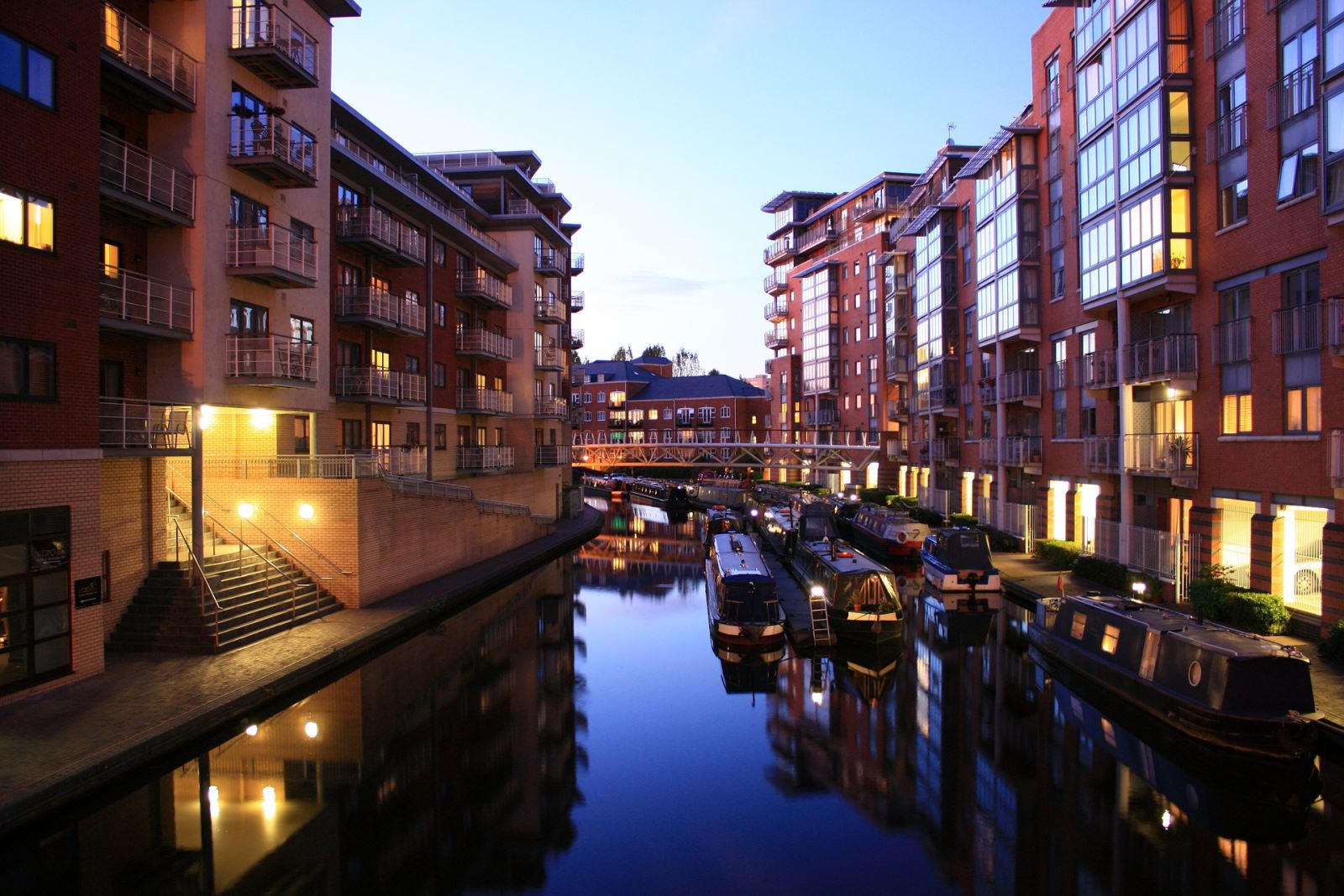This autumn we’re looking at a variety of accessible places to visit across the UK, so far our series has included Cardiff, the South East and Edinburgh, this time we’re looking at the midlands.
The midlands are unique in that wherever you are in the UK, they are fairly easy to get to, as the name suggests, the midlands are slap bang in the middle of the country and with its vibrant cities and interesting towns as well as its rich industrial history, there are plenty of places to explore and many of them are accessible.

Image: The Bullring, Birmingham.
Starting in Birmingham, perhaps the most well known of all the areas of the midlands, our first suggestion is Cadbury World. While maybe not the first choice for anyone with diabetes or lactose intolerance, Cadbury World is a fascinating place to visit if you’re a fan of chocolate. Set in Bourneville (yes, the chocolate is named after this area of Birmingham) there are plenty of interactive displays that are great for those with sensory conditions and with the chances to grow your own cocoa tree and make your own chocolate, it can be a stimulating experience for many people with autism and Asperger’s. It’s a great place for the whole family with plenty for all ages, plus carers get in for free, so it makes it a little more affordable too.
We’ve mentioned before that aquariums are a good choice for travellers with sensory conditions because of the low lighting and the lack of background noise. Birmingham has its own version in the form of the National Sea Life Centre. The building has disabled access throughout the centre and disabled toilets, they are also able to accommodate ten wheelchairs at any one time, so there is plenty of space and it is fully buggy accessible. You can take a look at their full accessibility statement here. https://www.visitsealife.com/birmingham/find/facilities/
Accessibility was a key focus when Thinktank: Birmingham Science Museum was designed, it has everything from low level displays, trained staff on hand for all the exhibitions and guides available in Braille and large print. As well as this, every level of the building accessible toilets, the one on the ground floor has a hydraulic changing table and is suitable for adults. The museum is also fully accessible for those using mobility aids and there are lifts to access all floors. Assistance Animals are also welcome.

Image: The Canal, Birmingham
There are plenty of places all across Birmingham that are accessible, but we’ll venture out into the wider area for a moment. In Tamworth you’ll find Ash End House Children’s Farm which is suitable for wheelchairs and other mobility aids and has ramped access to some of the areas of the park. It has been reported that manual wheelchair users had some difficulty when the ground is uneven thanks to rain, but generally, accessibility is good and being around animals has been proven to be helpful to a range of accessibility needs.

If you like the idea of spending time with animals, West Midlands’ Safari Park has several accessible features including free wheelchair hire for those with limited mobility, the park itself has plenty of space for those using mobility aids or using pushchairs/buggies and with all the enclosures being accessible via tarmac or hard surfaces, everyone can get up close to the animals. As well as being an animal attraction, the Safari Park has a number of theme park style rides and operates a queue skipping system for those who struggle to stand for long periods. The site also boasts a Changing places facility.
In Coventry, you’ll find a Transport Museum featuring a collection of transport made in Britain. The museum is wheelchair accessible throughout the majority of the displays and lifts are big enough to accommodate mobility aids and pushchairs to access the upper floors. The museum has a few wheelchairs on site for those who have limited mobility that are available free of charge and when you get to the displays themselves, you’ll find that they are fully interactive with everything from written material, pictures, audio and Makaton symbols. That’s not all, the staff are trained in basic Makaton and are on hand throughout the museum, magnifying sheets are available from reception and staff will also give you alternative routes through the museum if you’re concerned about noise or other stimulus.
This is of course just a handful of the accessible attractions in the Midlands, but hopefully it has inspired your itineraries. For more information about what is available, click here.
____
Sources.
http://bit.ly/2nTBk20
http://bit.ly/2nVeqa9
https://www.birminghammuseums.org.uk/thinktank/visit/facilities-accessibility
http://bit.ly/2nMbBbz


 to add an item to your Itinerary basket.
to add an item to your Itinerary basket.


